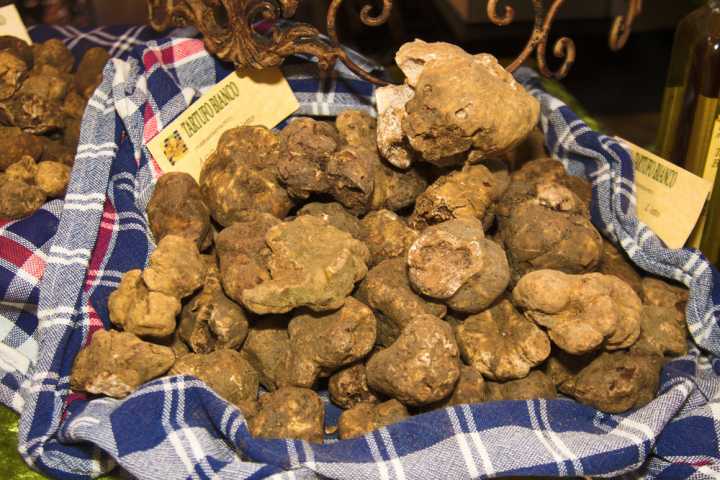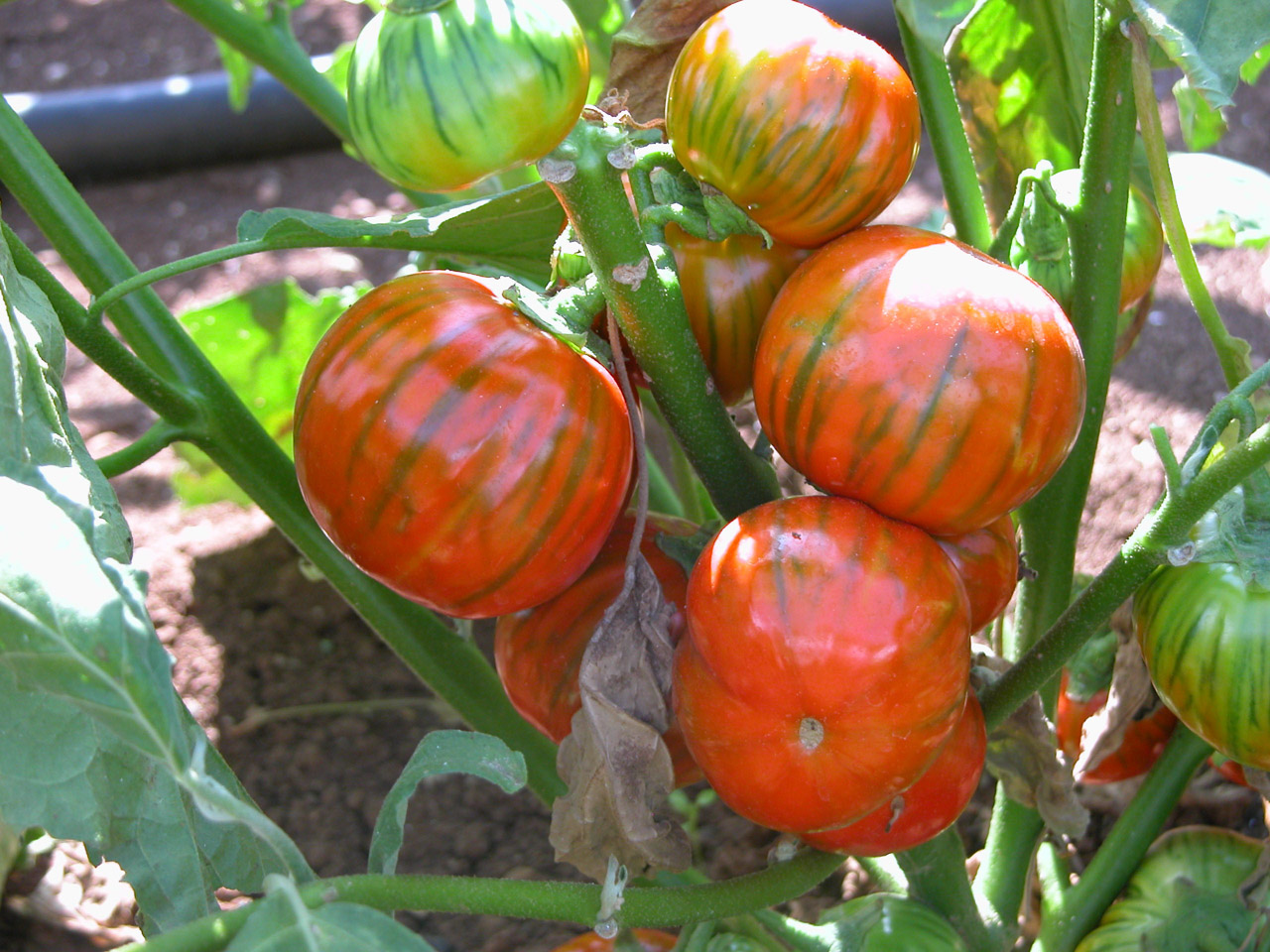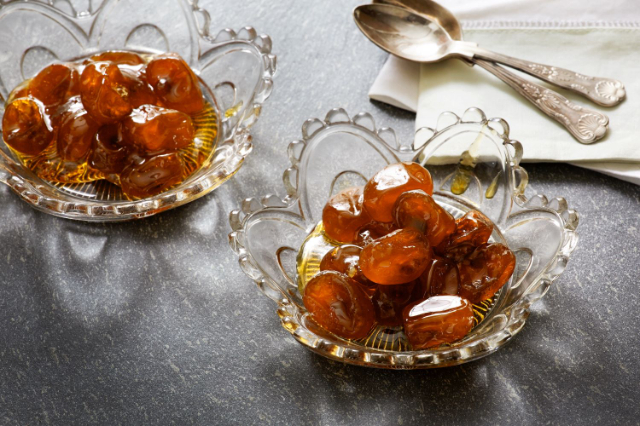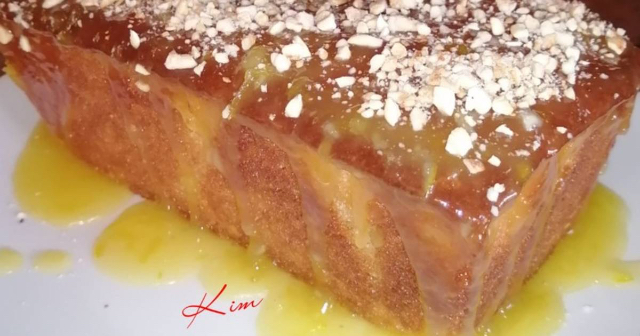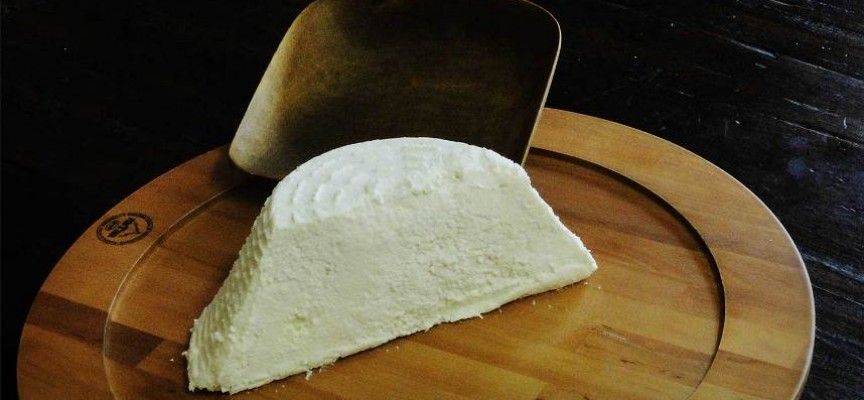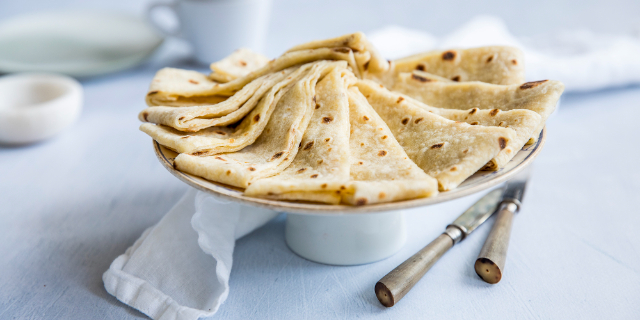The species of edible truffles present in the Ferrara area are mainly three, although other species are often found throughout the Emilia-Romagna region. The alluvial origin of the land and the presence of suitable tree species make the upper part of the Ferrara area, and in particular the Bondeno area, one of the most important areas in Italy for the production of prized white truffles (Tuber Magnatum).
According to many experts, in fact, for a long series of reasons, the organoleptic and qualitative characteristics of this mushroom allow it to have nothing to envy to those of Alba and Acqualagna.
Already Vittadini in his treatises on truffles indicated the Golena di Gamberone as one of the places where one of the most delicious species of white truffle could be found.
Commercially less expensive but excellent for gastronomy is the smooth black truffle (Tuber macrosporum), with a slightly garlicky smell but an unmistakable taste.
These species are found in the residual woody thickets and in the riparian areas along the course of the river Po, where the chemical-climatic conditions and the presence of white poplars, willows and English oak trees allow an easy development of the mycorrhizal symbiosis between fungal hyphae and the root apparatus of the symbiotic plants. They are also often found along the avenues of villages, in public and private parks, especially where lime trees grow.
In the area of the Mesolan Delta, on the other hand, there is the bianchetto or pinewood truffle (Tuber albidum) which is generally quite small in size and has an aromatic, slightly garlicky smell, a very pleasant flavour and, although it is a less prized variety than the white truffle, it is still considered excellent for its gastronomic aspect.
Finally, other particular truffle species can be found in all the areas of the northern part of the province of Ferrara, both at the end of the winter period, the black truffle called "winter" (Tuber Brumale), and in the summer period between September and January, the Tuber aestivum.
